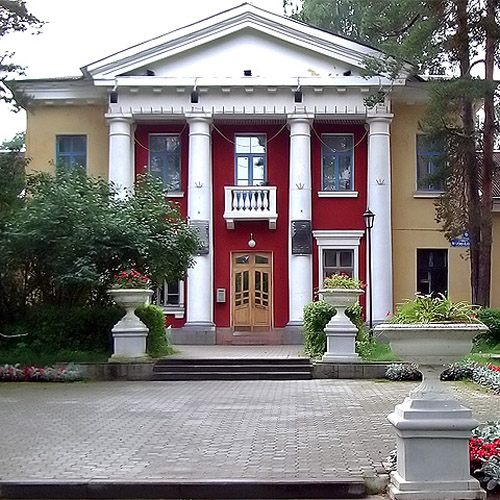Nihonium
113
Nh
Gruppe
13
Periode
7
Block
p
Protonen
Elektronen
Neutronen
113
113
173
Generelle Eigenschaften
Ordnungszahl
113
Atommasse
[286]
Massenzahl
286
Kategorie
Metalle
Farbe
n/a
Radioaktiv
Ja
The name comes from the common Japanese name for Japan
Kristallstruktur
n/a
Geschichte
Nihonium was identified in 2003 as an alpha decay product of element 115, moscovium by a team composed of Russian scientists at Joint Institute for Nuclear Research, Dubna and American scientists at the Lawrence Livermore National Laboratory.
The Dubna-Livermore collaboration has strengthened their claim for the discovery of nihonium by conducting chemical experiments on the final decay product 268Db.
The Dubna-Livermore collaboration has strengthened their claim for the discovery of nihonium by conducting chemical experiments on the final decay product 268Db.
Elektronen pro Schale
2, 8, 18, 32, 32, 18, 3
Elektronenkonfiguration
[Rn] 5f14 6d10 7s2 7p1
Nihonium is historically known as eka-thallium
Physikalische Eigenschaften
Aggregatzustand
Fest
Dichte
16 g/cm3
Schmelzpunkt
703,15 K | 430 °C | 806 °F
Siedepunkt
1373,15 K | 1100 °C | 2012 °F
Schmelzwärme
n/a
Verdampfungswärme
n/a
Spezifische Wärmekapazität
-
Häufigkeit in der Erdkruste
n/a
Häufigkeit im Universum
n/a

Danksagungen für Bilder: Wikimedia Commons (Hrustov)
The element was discovered at the Joint Institute for Nuclear Research in Dubna, Russia
CAS-Nummer
54084-70-7
PubChem CID-Nummer
n/a
Atomeigenschaften
Atomradius
-
Kovalenter Radius
136 pm
Elektronegativität
-
Ionisierungsenergie
-
Molares Volumen
-
Wärmeleitfähigkeit
-
Oxidationszustände
1, 3, 5
Anwendung
Nihonium is used for scientific research purposes only.
Nihonium is harmful due to its radioactivity
Isotope
Stabile Isotope
-Instabile Isotope
278Nh, 282Nh, 283Nh, 284Nh, 285Nh, 286Nh, 287Nh